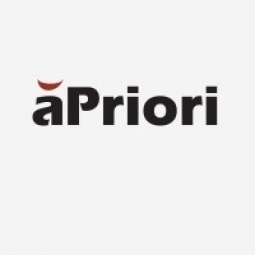aPriori
Case Studies
Reducing Supplier Costs with aPriori: A Case Study on HARMAN
Overview
 |
Reducing Supplier Costs with aPriori: A Case Study on HARMANaPriori |
Analytics & Modeling - Digital Twin / Simulation Functional Applications - Manufacturing Execution Systems (MES) | |
Buildings Electronics | |
Procurement Product Research & Development | |
Digital Twin Manufacturing Process Simulation | |
System Integration | |
Operational Impact
| The implementation of aPriori has led to significant operational efficiencies for HARMAN. The technology has enabled the company to work collaboratively with suppliers to identify cost inefficiencies and develop a shared understanding of the supplier’s manufacturing cost structure. This has not only helped keep costs down but has also nurtured long-term supplier relationships based on trust and win-win negotiations. The use of aPriori’s manufacturing cost models has streamlined the RFQ process, reducing delays and substantial expenditures of time and resources. Looking ahead, HARMAN aims to implement a Zero RFQ capability, which will further enhance operational efficiency. | |
Quantitative Benefit
| Streamlined RFQ process, reducing time and resource expenditure | |
| Potential for a fully automated Zero RFQ process in the future | |
| Instant generation of a digital twin once a 3D CAD is uploaded, speeding up the development process | |


